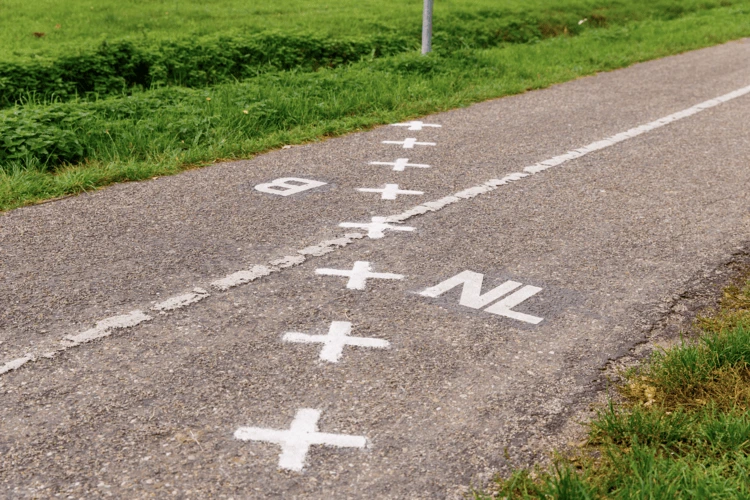
Discover more about the complex world of enclaves and exclaves, along with the geopolitical patchwork they form
By
Enclaves and exclaves are intriguing geographical anomalies that defy the typical notion of contiguous territory. An enclave is a piece of land that belongs to one country or region that’s entirely surrounded by the territory of another.
Imagine an island within a lake – that’s an enclave but on a much larger scale. Lesotho, a small African country with a population of around 2.2 million, is a prime example of an independent enclave wholly surrounded by another country – South Africa.
Enjoying this article? Check out our related reads:
Exclaves, on the other hand, are portions of a state that are geographically separated from the main part by the territory of one or more other states. They are like detatched limbs extending outwards, often far from the main body.
Kaliningrad Oblast, a Russian exclave, is sandwiched between Lithuania and Poland, separated from the main Russian territory by more than 350 kilometres and beneficial geopolitically to Russia as its only ice-free port on the Baltic Sea and an outpost of Russian soft power.
The border between the Netherlands and Belgium through the village of Baarle features a unique and intricate pattern of enclaves and exclaves. Baarle-Hertog, a Belgian municipality, comprises 26 separate parcels of land, with 22 exclaves within the Netherlands.
Conversely, there are eight Dutch exclaves (called Baarle-Nassau) within the pockets of Belgian territory. This complex border arrangement stems from centuries of land swaps and treaties between local aristocratic families.
The resulting patchwork of territories presents unique challenges for residents, including navigating different laws, with the drinking age differing from street to street.
A territory’s geographical position and borders can significantly affect trade, transportation and even access to basic services. Gaza (a sort of enclave as it borders Israel and Egypt) serves as a stark example of how enclaves can exacerbate geopolitical tensions and increase vulnerability for their inhabitants; their isolated position, coupled with Israel’s control over key border crossings, has severely restricted the movement of people and the flow of humanitarian aid during the recent conflict.
Ultimately, enclaves and exclaves serve as reminders of the fluid and contested nature of territory, borders and sovereignty – an interplay between humans and their geographical realities.




